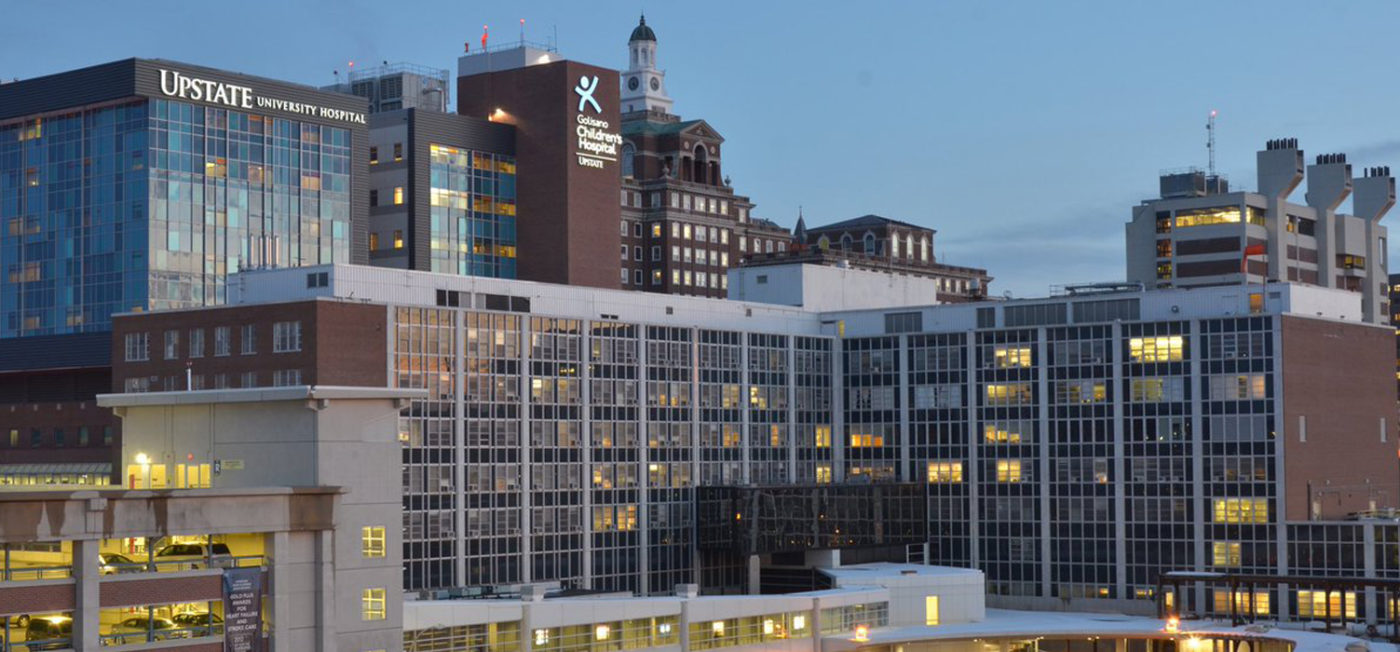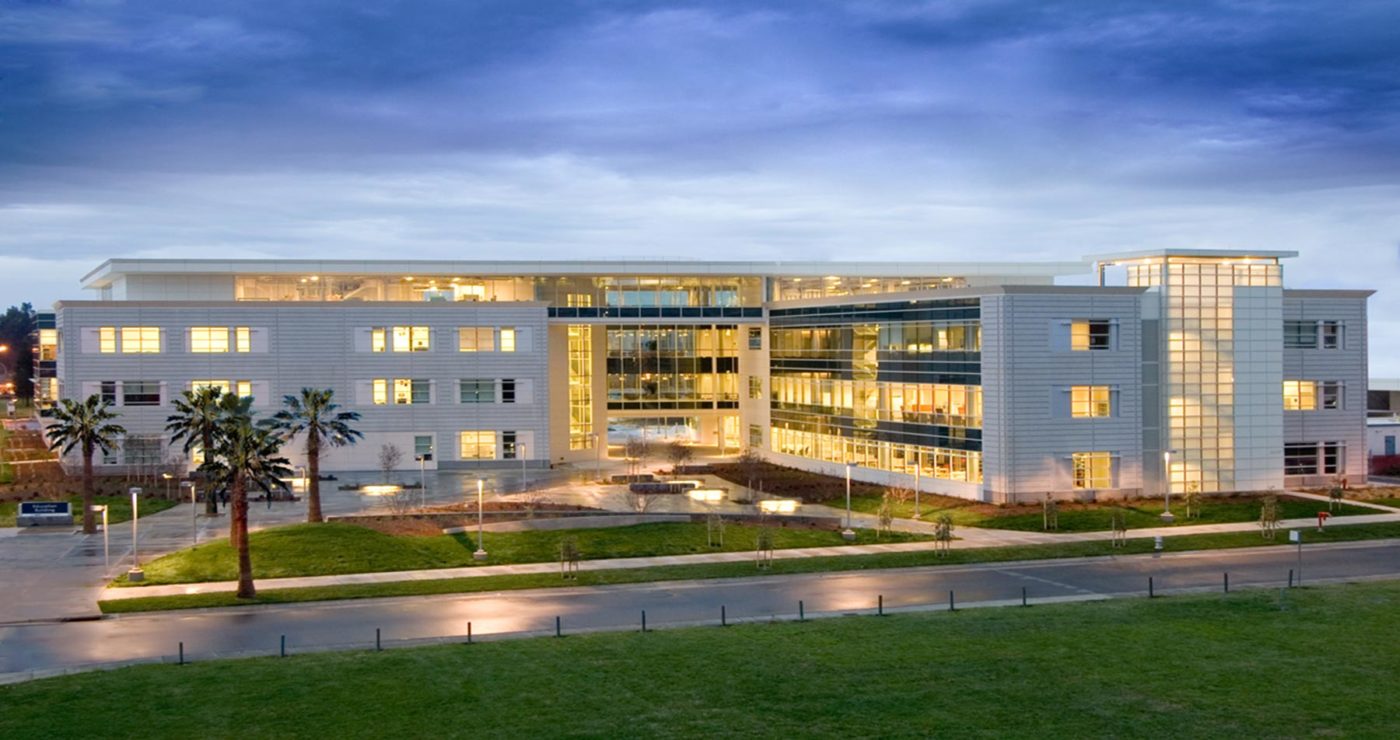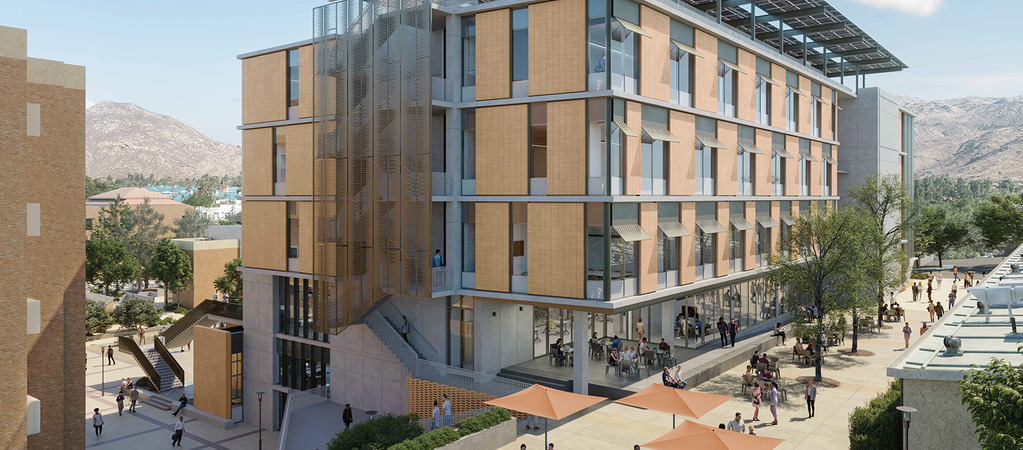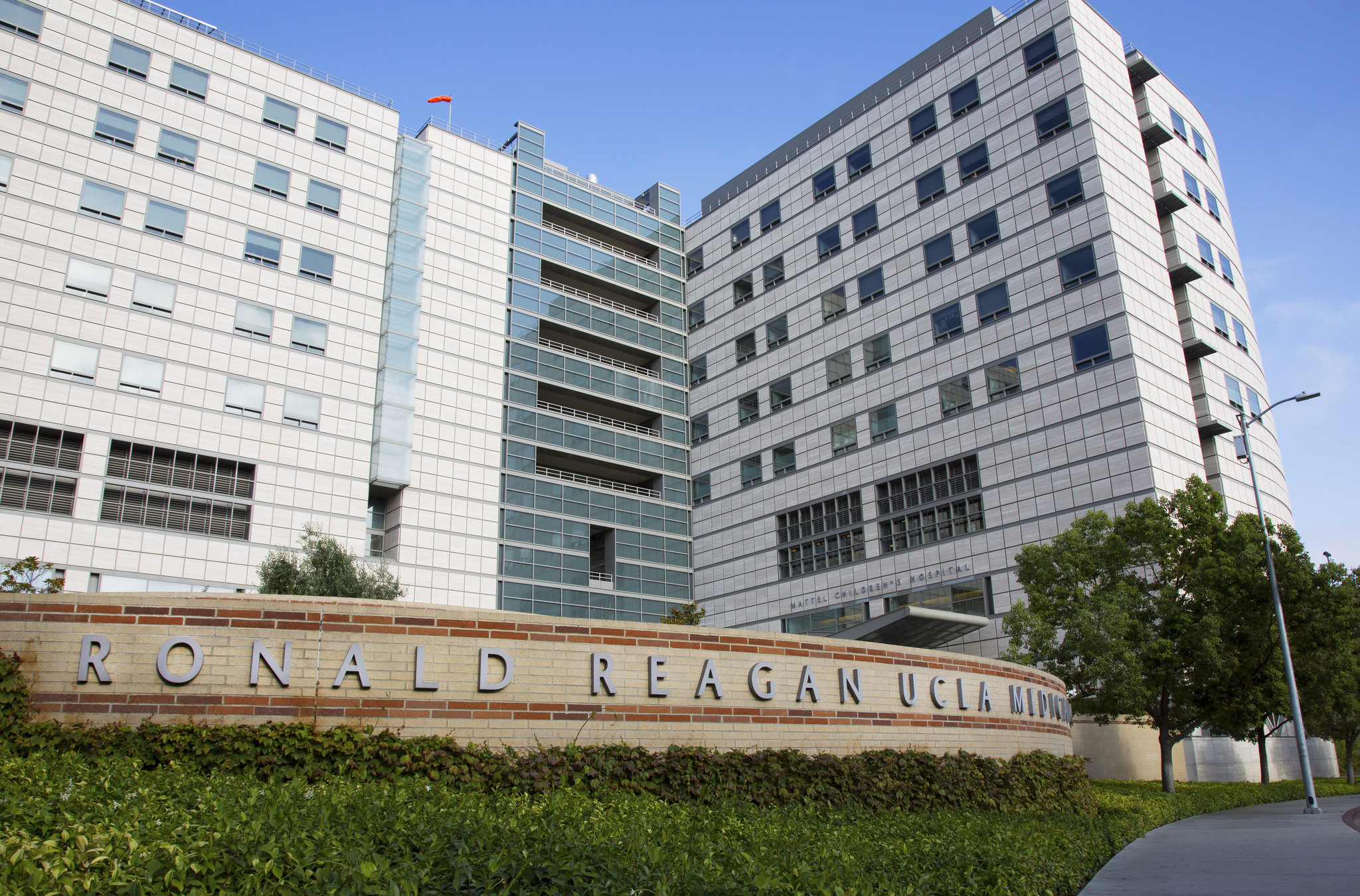If you’re a San Diego resident looking to stay local as you attend medical school, then UC San Diego School of Medicine is for you. Founded in 1968, it’s the only medical school in the greater San Diego area. But it’s also a great school to attend if you come from far away.
Other reasons for attending UCSD Medical School include its innovative curriculum. Students are given the opportunity to customize their degrees to their specific interests while working within the UCSD framework.
UCSD Medical School strives to train students to become expert allopathic doctors through holistic practice. Leading and innovating, cultivating diversity and conducting leading-edge research cover a small part of how UCSD Medical School approaches education.
Are you intrigued? UC San Diego School of Medicine has a lot to offer. In this article, we’ll talk about:
- Medical programs offered at UCSD Medical School
- Requirements for GPA, grades and prerequisites
- UCSD acceptance rate and class stats
- Cost of attendance
- AMCAS primary application and UCSD secondary application
- UCSD secondary essays (with samples!)
- Everything you need to know for your interview
Keep reading to learn everything you need to know to apply to UC San Diego School of Medicine.
Medical Programs at UCSD Medical School
UCSD Medical School offers the following programs to prospective students:
- Doctor of Medicine / Traditional MD Program
- Doctor of Medicine / Doctor of Philosophy (MD/PhD Medical Scientist Training Program)
- Dual-Degree Program Options
- Residency Programs
- Fellowship Programs
MD Program
The MD program at UCSD Medical School is designed to help students become innovative, compassionate doctors who lead with kindness and improve patient care. UCSD uses its Integrated Scientific Curriculum to accomplish this.
In addition to the regular MD coursework that most universities require, UCSD Medical School has students complete an Independent Study Project. This project acts as the cornerstone to the education you’ll receive. The project is designed to help you become a scientific expert. UCSD wants you to become clinically astute and responsive to community problems while adapting to patient needs. You can learn more about this project on the UCSD website.
Let’s look at what each year of the MD program entails.
Year 1
- Foundations of Medicine
- Cardiovascular System I
- Pulmonary System I
- Gastrointestinal System & Nutrition
- Clinical Foundations
- Renal System I
- Musculoskeletal System
- Mind, Brain & Behavior I
- Endocrinology, Reproduction & Metabolism I
- Immunology & Hematology
- Microbiology
Year 2
- Principles of Clinical Oncology
- Epidemiology, Biostatistics & Medical Informatics
- Arthritis, Rheumatology and Dermatology Disorders
- Gastrointestinal Diseases
- Endocrinology, Reproduction & Metabolism II
- Cardiovascular System II
- Mind, Brain & Behavior II
- Pulmonary System II
- Renal System II
- Multi-Organ System Disorders
- Comprehensive Review and Preparation for USMLE Step 1
Take USMLE Step 1
Year 3 (Clerkships)
- Medicine (12 weeks)
- Neurology (4 weeks)
- Pediatrics (8 weeks)
- Primary Care (1 afternoon a week for your entire third year)
- Psychiatry (6 weeks)
- Reproductive Medicine (6 weeks)
- Surgery (8 weeks)
Year 4
- From Principles to Practice (4 weeks)
- Independent Study Project
- Residency Transition (4 weeks)
During your third year at UCSD Medical School, you’ll take two clerkships that each last for two weeks. Then, during your fourth year, you’ll need to meet the following requirements:
- Direct Patient Care Clerkships (minimum of 3 months total)
– Ambulatory Care Clerkship (1-month minimum)
– Inpatient Care Clerkship (1-month minimum, including Intensive Care)
– Primary Care Clerkship (1-month minimum) - Other Clerkship Electives
– Select three months’ worth of electives from the general electives that are provided.
General Electives
- Anesthesiology
– Introduction to Health Care Policy
– Business in Medicine
– Introduction to Clinical Pain Management
– Practical Pharmacology in Anesthesia and Critical Care - Dermatology
– Pathophysiology of the Skin - Emergency Medicine
– Introduction to Emergency Medicine
– Wilderness Medicine - Family & Preventative Medicine
– Medical Improv: Playing Doctor
– Health Fair Medicine
– Clinical Nutrition
– Introduction to Osteopathic Medicine
– Lifestyle Medicine, Integrating Wellness and Exercise into Medical Practice
– Clinical and Public Health Elective in Baja, CA
– Community Advocacy-Free Clinic I
– Free Clinic II - Medicine
– Advances in Glycobiology
– The Healer’s Art: Awakening the Heart of Medicine
– Innovation & Healthcare: Identifying Problems & Creating Solutions
– Practical Histopathology of mouse models of human disease
– Tribal Ambulatory Healthcare Experience
– Molecular Biology of the Cardiovascular System
– Health Frontiers in Tijuana
– Careers in Medicine
– Leadership in Medicine
– Translational Research Journal Club
– Understanding the Application of Meditation to Medicine
– Medical Spanish
– Current Trends in Biomedical Informatics
– Principles of Biomedical Informatics
– Modeling Clinical Data and Knowledge for Computation
– Statistics Concepts for Biomedical Research
– At the Crossroads: Science Meets the Medical Patient
– Cancer Genomics Journal Club
– Network Biology and Biomedicine - Neurology
– Preceptorship in Clinical Neurology - Orthopedics
– Preceptorship in Musculoskeletal Medicine - Pathology
– Lab Medicine Pre-clerkship Experience
– Practical Histopathology of mouse models of human disease - Pediatrics
– Introduction to Clinical Pediatrics
– Preceptorship in Pediatric Gastroenterology - SOM Interdisciplinary Electives
– Intersections of LGBTQ Health
– Health Education Outreach
– Influences on Health: From Genes to Communities
– Beyond the Bench and Bedside: Partnering with Communities
– Healthy Minds, Healthy Bodies
– Fade Hypertension: Interventions in the Community
– Introduction to Global Health Interventions and Evaluation - Surgery
– Preceptorship in Surgery
– Representing the Human Body: Drawing as a Way of Seeing
– Introduction to Vascular Surgery
To read detailed information on each of these electives, check this PDF.
Medical Scientist Training Program
The Medical Scientist Training Program at UCSD Medical School combines medicine with biomedical science. If you want to spend as much time in the lab as you spend in the clinic or hospital, this degree might pique your interest. You can read more about the Medical Scientist Training Program here. This degree generally takes about eight years to complete. The curriculum includes the MD program, as well as additional research aspects, like a thesis.
For the PhD portion of this degree, you’ll choose one from the following:
- Anthropology
- Bioengineering
- Bioinformatics
- Division of Biological Sciences
- Biomedical Sciences
- Chemistry / Biochemistry
- Neurosciences
- Philosophy
- Physics
- Public Health
- Scripps Research
Each of the departments listed above is linked to their respective web pages on the UCSD website. This is part of what makes UCSD Medical School unique. Very few medical schools offer such a wide range of programs for the PhD portion of an MD/PhD dual degree.
Dual-Degree Program Options
Instead of providing students with a setlist of dual-degree programs, UCSD invites you to explore the different master’s degrees it offers. Common dual-degree programs include:
- MD / Master of Public Health
- MD / Master of Business Administration
- MD / Master of Science
- MD / Juris Doctorate
UCSD Medical School offers dual-degree programs in those fields, but they provide more as well. All of the science and engineering programs offered at UC San Diego are eligible to be combined as a dual degree. You can view a complete list of degrees here.
Residency Programs
UC San Diego School of Medicine offers the following residency programs:
- Anesthesiology
- Dermatology
- Emergency Medicine
- Family Medicine
- Medicine
- Neurosciences
- Obstetrics & Gynecology
- Ophthalmology
- Orthopedic Surgery
- Pathology
- Pediatric
- Psychiatry
- Radiation
- Diagnostic Radiology
- Interventional Radiology
- Surgery
- Urology
- Five-Year Clinician Scientist Radiology Program
Fellowship Programs
UC San Diego School of Medicine offers the following fellowship programs:
- Anesthesiology
- Dermatology
- Emergency Medicine
- Medicine
- Neurosciences
- Obstetrics & Gynecology
- Ophthalmology
- Orthopedic
- Pathology
- Pediatrics
- Psychiatry
- Radiology
- Surgery
- Urology
UC San Diego School of Medicine is versatile. Through the innovative way its curriculum is set up, the school allows students to choose what they want to study. Students can combine their interests through dual-degree and MD/PhD program options. For questions relating to unique dual degrees, contact the UCSD admissions department for the specific program in which you’re interested.
GPA, Grades, Pre-Requisites & Other Requirements
UC San Diego School of Medicine doesn’t have any courses that are required. However, they do recommend taking the following coursework:
- Two semesters of college-level Biology
- Two semesters of college-level General Chemistry
- Two semesters of college-level Organic Chemistry
- One semester of college-level Biochemistry
- Two semesters of college-level Physics
- Two semesters of college-level Calculus or Statistics
- All corresponding labs
While these courses aren’t required, they will help you succeed in the MD programs that UCSD Medical School offers. If you’ve taken most but not all of these courses, don’t panic. Missing one won’t make or break you. But we recommend taking what you’ve missed if the opportunity arises.
Class Rankings and Stats
UC San Diego School of Medicine doesn’t have a required GPA. From its pool of applicants, UCSD averages a 3.8/4.0 GPA. For the MCAT, the median score is 516. The UCSD acceptance rate is 3.8 percent. The school averages over 7,000 applicants per admissions cycle. The admissions committee conducts around 750 interviews and accepts about 280 applicants. The UCSD acceptance rate is on par with many Ivy League schools. It’s no wonder with how versatile their programs are. It allows students to express their individuality through medicine.
The UCSD med school ranking is impressive. US News ranks UCSD Medical School at #19 for Medicine. Further subcategories rank UCSD at #28 for Primary Care. The school is also #68 for the most diverse medical school program.
Are all these numbers a little overwhelming? They all add up to say that UC San Diego School of Medicine is a really good medical school to attend. If you’d like to break down the numbers and see where you rank, reach out to us. Our medical school admissions consulting team can help you decide if UCSD Medical School is the right fit for you. Contact us to get started.
Cost of Attendance
You’ve seen everything that UC San Diego School of Medicine has to offer. You see how high it ranks among other medical schools. But how much does it cost to attend this school?
The price depends on where you live. California residents will pay less than out-of-state residents.
First Year Students
- Tuition: $39,629 (add $12,245 for out-of-state residents)
- Books & Supplies: $2,029
Room & Board, Personal Expenses and Transportation will vary, but the financial aid office estimates $24,740 for students living on campus. The financial aid office estimates $17,108 for students who live at home with their families.
Second and Third Year Students
Second-year students will have a similar experience to first-year students. The only difference is the added summer semester. If you take classes during the summer, you’ll pay an additional $12,568 or $10,024, depending on where you live.
Third-year students will have a nearly identical experience to second-year students. There is a summer semester for third-year students.
Fourth Year Students
There is no summer semester for fourth-year students, but the rest stays the same.
For more information, check out this page.
If UC San Diego School of Medicine is outside your price range, consider financial aid. Many students are able to attend UCSD because of scholarships, grants and loans. While the latter isn’t preferable, it’s rare to get through medical school without some debt. Contact UCSD’s financial aid office if you have questions.
Primary & Secondary Applications
Are you ready to submit your application to UCSD Medical School? You’ll have two applications to fill out: primary and secondary. We’ve covered each of these applications in-depth in this article.
Your primary application will be filled out via the American Medical College Application Service. Your secondary application will be submitted directly to UCSD Medical School. If you have any questions or need help filling out these applications, contact us. Our medical school admissions consulting team can help you.
Secondary Essays (with Samples!)
Your personal statement is part of your AMCAS application. We’ve talked about the personal statement before. In addition, you’ll need to write essay responses to the secondary application questions that UCSD lists on its application.
Question #1
Write an autobiographical statement in response to this question. Talk about your family, childhood, primary and secondary school years, undergrad years, etc. Discuss what led you to medicine. Share why you are pursuing it as a career. Include roadblocks and obstacles you’ve had to work through to reach your goals and accomplishments. Do not copy your personal statement.
This seems like another version of your AMCAS personal statement, but it’s not. Your personal statement focuses on why you want to practice medicine. UCSD Medical School is looking for a short autobiography of your life. You have 6,000 characters, which is approximately 1,000 words. Let’s look at an example.
I was born in Newark, New Jersey, but my family sold our house and bought a travel trailer/RV when I was two-and-a-half years old. My father was a journeyman electrician. We traveled all over the country while he was studying to get his master’s electrical license. He supervised job sites wherever his company sent us. I lived in the mountains of Colorado; in the Boise, Idaho, valley; surrounded by papaya trees in Orlando, Florida; and, finally, in the suburban neighborhoods of Plano, Texas. Texas would be home to my family for the rest of my childhood.
My first desire to become a doctor surfaced at the age of eight. I decided I wanted to be an obstetrician. I chose this as my dream career because I liked the way the word sounded, but also because I thought delivering babies would be super cool. I didn’t want to be an OB/GYN because I was too young to understand women’s health and how an obstetrician could also be a gynecologist.
My interests changed as time went on. I wanted to become a writer like my mom; a therapist like my friend’s mom; and a college professor. While my career choices floated around, they all had a common thread: I wanted to help others. I wanted to write a Christian devotional to help other teenagers stay strong in their faith. I wanted to be a grief counselor. I wanted to teach higher education because it helped my father get a better job. I wanted to make a positive impact on the world. Indeed, I wanted to make the world a better place.
Flash forward to my junior year of high school when I applied to several colleges. I was accepted to Dallas Baptist University and the University of Texas at Arlington. I chose to attend DBU because it was closer to home. I couldn’t decide what I wanted to study, so I took general courses to satisfy state requirements. It was during that time when I took Biology I for Science Majors. Not only did I complete all my homework and lab work for Biology I before my other classes, but I went back to review the material in my free time. I was fascinated by how cells worked and how different tests could show what was wrong with a cell.
As I said, I chose DBU because it was a 30-minute drive from my house. I commuted to campus on Mondays, Wednesdays and Fridays. I stayed home on Tuesdays and Thursdays to study. I then spent all my spare time studying my biology textbooks. My parents had been eager for me to declare my major. They worried that their only child would become a “professional student” because of my indecision. They worried that I would stay in school forever, taking courses but never earning a degree. Their concern stemmed from my mother’s side of the family. Her younger brother had never earned a degree, but he spent more than 20 years in school.
It was an exciting day for them when I officially declared myself a Biology Science major. Soon, I was taking two Science classes and two general education classes per semester. I loved Biology, Physics and Chemistry. While I struggled with History and Philosophy, the sciences made sense to me. Learning how the body worked on a cellular and molecular level fascinated me. It helped me understand some of the illnesses that had wracked my family. My grandfather passed away from prostate cancer when I was 14 years old. Understanding how cancer metastasized in his cells gave me a greater respect for the medicine that could have saved his life. He chose not to treat the cancer because, in his words, he had “lived a long enough life.”
It was during my junior year at DBU when I decided to apply to medical school. I loved science enough to want to spend my career in it. My parents were anxious because a scholarship had covered half my tuition at DBU, and they had covered the other half. At this point, my father had his master’s electrical license and was able to earn far more than he could when I was in middle school. But he didn’t earn enough to help me get through medical school, and my parents didn’t want to see me go into debt. But they also knew that I wanted to be a doctor, and debt was only one concern.
I would be in school for years to come. There was no guarantee that I’d get accepted into a medical school that was close to home. Not only would I have tuition and university fees to pay, but I would have to pay for housing and transportation. That was my biggest obstacle. We decided that I would spend the summer working full-time instead of taking summer courses to graduate faster. I would also take a gap year to continue working and save as much money as possible. I would apply for financial aid, scholarships and grants.
I am now partway through my gap year. By the time I’m finished working during this school year, I will have saved up quite a bit. Between my parents, my savings, scholarships, grants and loans, I hope to graduate from medical school with as little debt as possible.
I want to attend UC San Diego School of Medicine because of the Integrated Study Project. The idea of it fascinates me, and I’ve already begun thinking about possible projects. California is far from my parents, but my aunt lives here. I’ve moved here to establish residency for in-state tuition and to work at a better-paying job. I’m grateful for the support my family has provided me. I’m thankful that I’ve found my passion in medicine. And most of all, I hope you’ll consider me for your next incoming class.
This autobiography comes in at 956 words, just barely making the cut. This autobiography works for several reasons.
- The applicant fully answers the question that was asked. This shows the ability to follow directions and pay attention to detail.
- The applicant shares everything relevant and applicable to her personal life and medical school. She doesn’t go on any unrelated tangents, nor does she discuss things in unnecessary detail.
- She covers her childhood interest in medicine, but she also shows how her interests evolved, going away from and coming back to medicine. She explains why she now wants to be a doctor.
- She’s very human. A level of indecision is still present in her essay. She knows she wants to become a doctor, but she doesn’t state what kind of doctor.
- She discusses her hardships. She grew up in a travel trailer and lives at home with her parents to make school more affordable. She’s moved to California where she has relatives and better opportunities than she does back home in Texas. She’s also had to take a gap year to be able to afford medical school without going into a ton of debt. This is a very real situation for many med school applicants.
Feel like you can take on your own autobiographical statement now? Good luck writing it. We know you’ll do great! Remember that our medical school admissions consulting includes working on your secondary essays, so reach out if you need any help.
Question #2
Some of our applicants will have already found their niche. This tends to change for many students as interests develop, and that’s okay. Think about where you are right now, and what interests you most in medicine. Select the most appropriate response from the career pathways listed below. Add a short, 400-character description of why you choose this career pathway.
Before answering the question, choose from this list:
- Academic Medicine
- Primary Care and/or work in underserved communities
- Public Health, administrative leadership in medicine
- Specialist in private practice
- Other/undecided
Here’s an example:
I want to study academic medicine. I’ve always wanted to be a teacher, and I love everything about science and medicine. Educating medical students would satisfy both of my desires. I believe it would be a very rewarding career.
Four hundred characters, or around 60 to 80 words, is not a lot of space. UCSD Medical School wants you to be very concise with the information you provide. This example is 39 words, so it falls well within the limit. Let’s look at one more.
I want to earn my MD/MBA at UCSD. I want to work in hospital administration. Growing up, I spent time in the hospital for a rare autoimmune disease that took a long time to diagnose and treat. The business side of things frustrated my family more than my treatments did. I want to make a difference in how hospital settings work so that patient care comes first.
This example is 68 words or 362 characters, so it works.
Interview Format & Preparation
UC San Diego School of Medicine utilizes the Multiple Mini Interview format. UCSD is still conducting interviews virtually to keep everyone as safe as possible during the COVID-19 pandemic.
UCSD Medical School uses a rolling admissions system, so you’ll know your results within four weeks. There are three different notifications you might receive:
- You’re in! Congratulations.
- You’ve been waitlisted. If another student gives up their spot, you could get in.
- Unfortunately, you were not accepted.
Once you receive your results, you’ll know how to move forward. If you get waitlisted, it means that you show promise, but other students somehow showed more promise, at least in the eyes of the admissions committee. Their application stood out differently from yours. If you get waitlisted or denied, you can contact the admissions committee and ask for feedback. Knowing what you could have done better will help you with future applications.
Conclusion
Applying to medical school is a big deal. There’s a lot involved in the process. That’s what we’re here for. For years, International Medical Aid has supported students through every step of the process. From medical school admissions consulting to global internships, we’re here to help you make your application stand out from the crowd.
Part of preparing for medical school means applying to multiple universities. Remember the possibility of getting waitlisted or rejected? If you only apply to one university, then you only have one opportunity to attend medical school. But if you apply to multiple universities, your chances greatly improve. That’s why we recommend submitting several applications.
Check out our growing list of definitive guides to getting into medical school:
- Touro University of California
- CHSU College of Osteopathic Medicine
- UC Davis School of Medicine
- Harvard Medical School
- UC Riverside School of Medicine
- USC Keck School of Medicine
- UT Southwestern Medical School
- Long School of Medicine at UT Health San Antonio
- University of the Incarnate Word School of Osteopathic Medicine
- UT Austin’s Dell Medical School
- UTMB School of Medicine
- McGovern Medical School at UT Health
- Johns Hopkins School of Medicine
- McGovern Medical School at UT Health
- The University of Texas Rio Grande Valley School of Medicine
- UNT Texas College of Osteopathic Medicine
- University of Houston College of Medicine
- Texas A&M College of Medicine
- Johns Hopkins Medical School
- Baylor College of Medicine
- George Washington University School of Medicine
- Vanderbilt University School of Medicine
- St. George’s University School of Medicine
- Lake Erie College of Osteopathic Medicine (in Pennsylvania)
- Sidney Kimmel Medical College at Thomas Jefferson University
- Wake Forest University School of Medicine
- Western University of Health Sciences (in California)
- Drexel University College of Medicine
- Stritch School of Medicine at Loyola University Chicago
- Georgetown University School of Medicine
- Yale School of Medicine
- Perelman School of Medicine
- UCLA Medical School
- NYU Medical School
- Washington University School of Medicine
- Brown Medical School
Good luck submitting your application to UCSD Medical School! Remember to reach out if you have any questions or need help along the way. International Medical Aid is here for you.







